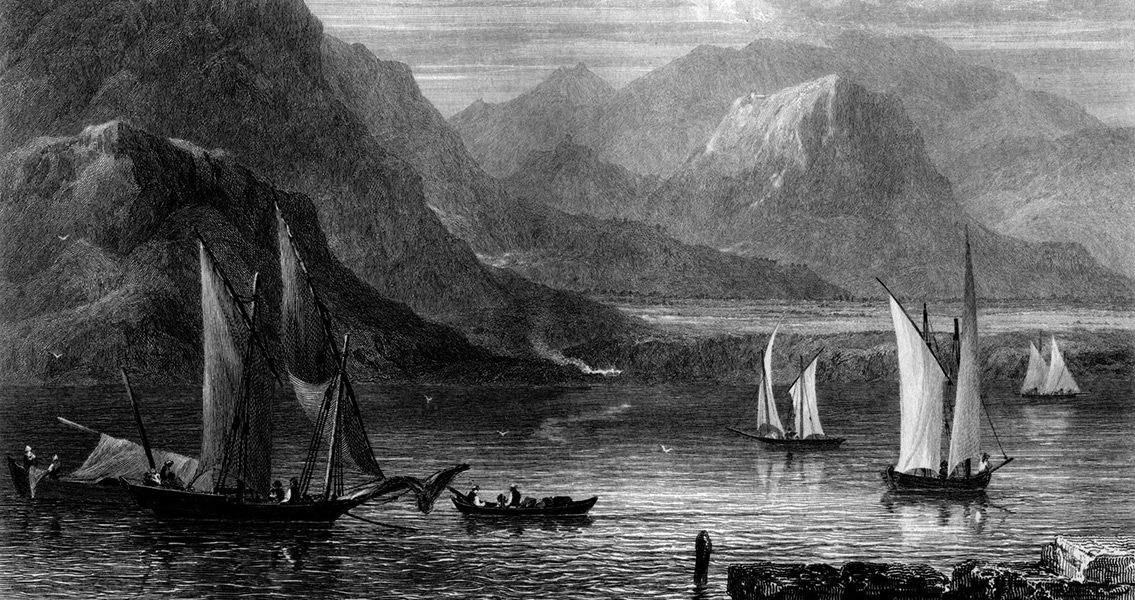<![CDATA[Lechaion, long known as the now-underwater harbour town of ancient Corinth, is being investigated through the use of new technology employed by the University of Copenhagen and the Greek Ministry of Culture and Sports. As one of the biggest economic and military powerhouses of the region from the Greek period through the Roman and Byzantine, Corinth was positioned in an ideal position geographically with its command of key travel routes. Located on an isthmus that gave the city a clear command of both the Mediterranean, and land routes through Greece, Corinth used its two harbor towns – Kenchreai and Lechaion – to great effect for generations. However, the ruins of Lechaion have proven difficult to study by archaeologists and historians as large sections of the town were reclaimed by the Mediterranean – at least until the Lechaion Harbor Project (LHP), spearheaded by the University of Copenhagen’s Bjørn Lovén, harnessed new technologies to reveal the sunken town’s secrets. Alongside researchers from the Danish Institute of Athens and the Greek Ephorate of Underwater Antiquities, Lovén and his team from the University of Copenhagen have made use of techniques including three-dimensional parametric sub-bottom profiler technology only recently developed for such tasks. The geophysical and digital surveys conducted by the LHP have so far discovered many characteristics of the underwater harbour town, including an entrance canal, a breakwater, two wooden caissons, and one small mole and two massive ones constructed of stone that were likely used as causeways at the time. Lovén commented on the team’s discoveries in a press release, stating that the scope and size of Lechaion were commensurate with its importance as a “grand harbour”, reflecting how important Corinth had been at the time. The revelation of the six wooden caissons was particularly noteworthy, both because of how well-preserved they were and the massive scale of their 57-meter length construction. Imperial Roman engineers often used such large-scale harbour construction techniques, and there are prime examples of such in regions like first century BCE Roman-occupied Israel, but the researchers say that the caissons discovered in the underwater ruins of Lechaion are the first of their kind to still have intact wooden elements. Initial carbon dating results have placed the caissons in the same time period as the Leonidas Basilica, a 180-meter long church that began its construction in the mid-fifth century CE. With the prevailing thought having been that Mediterranean harbors were built during the Greek and Roman periods and then maintained or repaired through the Byzantine period, this new discovery has challenged that assumption. Lovén says that the LHP’s mission is to unlock the secrets of this Corinthian harbour and to track its evolution and development as an additional tool in understanding the historical growth of nearby Corinth. ]]>
Technology Used to Investigate Sunken Town of Lechaion
